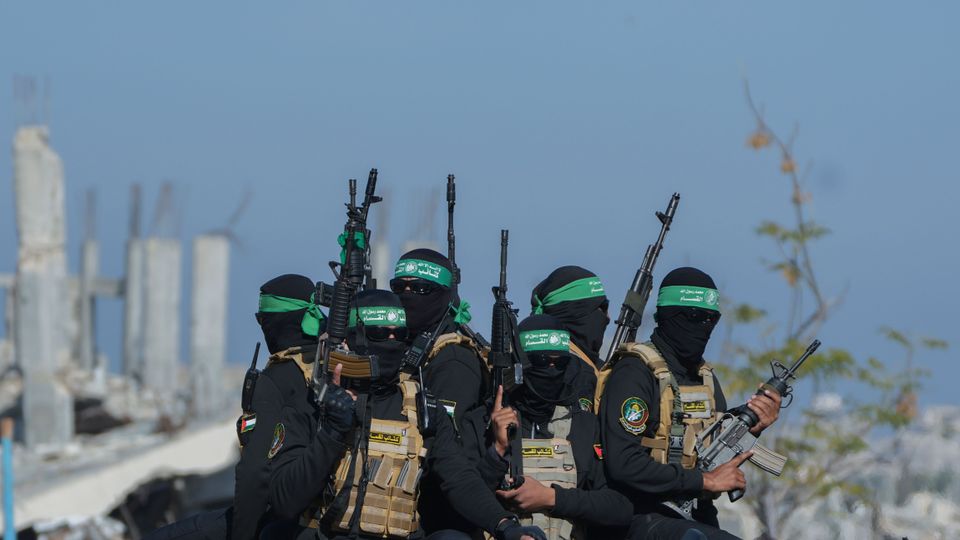
Introduction
The Palestinian militant group Hamas has been a focal point in discussions regarding Middle Eastern politics for decades. Recently, the situation in Gaza and Israel has again brought Hamas into the international spotlight. Understanding the current state of Hamas is essential given its influence on regional stability, humanitarian concerns, and its complex relationship with various nations and groups.
Recent Developments
In October 2023, tensions escalated dramatically when Hamas launched a surprise attack on Israel. This action, characterized by rockets fired from Gaza into Israeli territory, marked one of the most violent escalations in recent years. The response from Israel was swift and multifaceted, including airstrikes targeting Hamas’ military infrastructure within Gaza. As of late October 2023, thousands have reportedly been killed, and both regions face dire humanitarian crises as civilians bear the brunt of the conflict.
International responses have varied widely. The United States and several Western nations have expressed strong support for Israel’s right to defend itself, while others, including some Arab nations, have called for a ceasefire and a renewed commitment to dialogue. The United Nations has warned of a potential humanitarian disaster, urging immediate steps to protect civilians and provide aid to those affected.
The Broader Context
Hamas, an offshoot of the Egyptian Muslim Brotherhood, was formed in the late 1980s and has since adhered to a charter that initially called for the destruction of Israel. However, in recent years, there have been occasional hints of moderation in its stance, yet the prevailing sentiment among its leadership continues to emphasize armed resistance. This ongoing conflict is compounded by the socio-economic struggles within Gaza, exacerbated by an Israeli blockade and internal Palestinian political rifts between Hamas and the more moderate Palestinian Authority.
Conclusion
The situation surrounding Hamas is indicative of the broader Israeli-Palestinian conflict, which remains unresolved despite numerous peace efforts over the decades. As fighting continues, the potential for further escalation is high, and the international community watches closely. Moving forward, the key to stability may hinge on balancing military responses with diplomatic engagements. Observers suggest that without addressing the root causes of the conflict, including humanitarian concerns and political grievances, a lasting resolution may remain elusive. For readers interested in global affairs, the dynamics surrounding Hamas will likely continue to shape discussions about Middle Eastern stability and international relations moving into 2024 and beyond.



